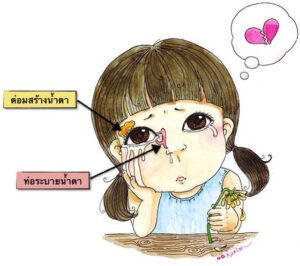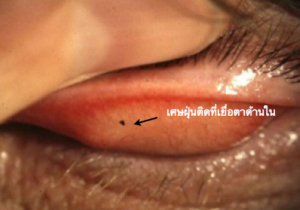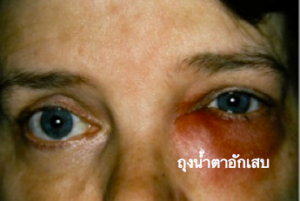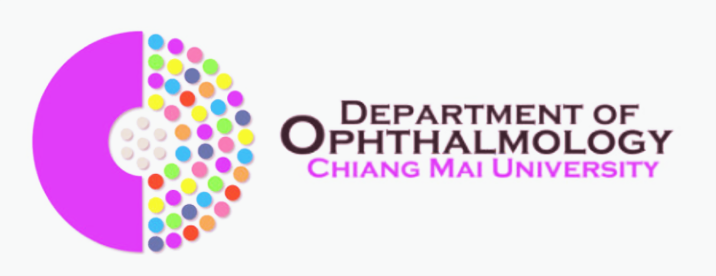by Dr. Sakarin Asanyakhun
It is expected that many people will have more or less problems with tears. First of all, let me explain the mechanism for generating and draining tears under normal conditions.


Tears are normally produced by the primary lacrimal gland located in the upper eye socket. and sub-lacrimal glands that spread around the sclera Tears are very beneficial for the eyes. In normal conditions, our eyes will have some level of tears all the time. to keep the eyes moist Lubricate the blink of an eye and allows the refraction to be smooth and accurate Makes us see clear images all the time.
These generated tears are drained through the tear duct located in the inner corner of the eye. which this drain will open in the nasal cavity on the same side It can be seen that in a state where there are many tears such as when we cry There will also be mucus running down the throat. In fact, these are tears that are drained through the tear duct into the nasal cavity.
In addition to the sadness and sorrow that caused us to shed tears There are other reasons that cause us to have problems with tears, tears, tears that are annoying and lose a lot of personality in daily life.
The main reasons can be divided into two major groups:
1. More tears are produced than usual.
It is a condition in which there is stimulation of the sensory nerves in or around the eyes. Or simply speaking, it is a condition that causes irritation to the eyes, such as dust particles in the eyes, cataracts, pterygium, raised eyelashes, or in a place with dry, windy weather that can cause more tears to be shed than usual.

2. Tears can't be shed.
is a condition where there is a narrowing of the tear duct It can be from the opening of the tear duct at the inner corner of the eye to the tear duct in the nasal cavity. Causes of narrowing or blockage of the lacrimal tract can be caused by many reasons, such as infection of the lacrimal tract. Prolonged use of certain drops getting older Or it may occur spontaneously without knowing the cause. The obstruction of the tear ducts is like a clogged drain pipe behind the house causing water to stagnate in the house If there is garbage, it will emit a bad smell that fills the house. Our eyes are the same. When the tear duct is blocked may cause an infection that will cause conjunctivitis or lacrimal sac as a complication

Treatment
The ophthalmologist will examine the health of the eyes to see if the level of tears is abnormally high or not. if there is more than normal The cause will be examined if there is something stimulating the sensory nerves that will cause a lot of tears to be shed. If there are any of these causes, treat accordingly. For example, there is a piece of dust or an eyelash stuck in the conjunctiva. take out or found to be pterygium pterygium Give eye drops and advise to avoid dust, wind, sunlight, etc.
But if there is no cause that will stimulate the production of more tears than normal The ophthalmologist will examine the tear drainage system to see if tears can be drained into the nasal cavity normally or not. such as washing the tear ducts (irrigation) and probing the tear ducts (probing) to see if the saline solution injected into the lacrimal tract down to the nasal cavity is normal or not. When found where there is a blockage in the tear drainage system Then continue to perform surgery according to the obstruction position.
